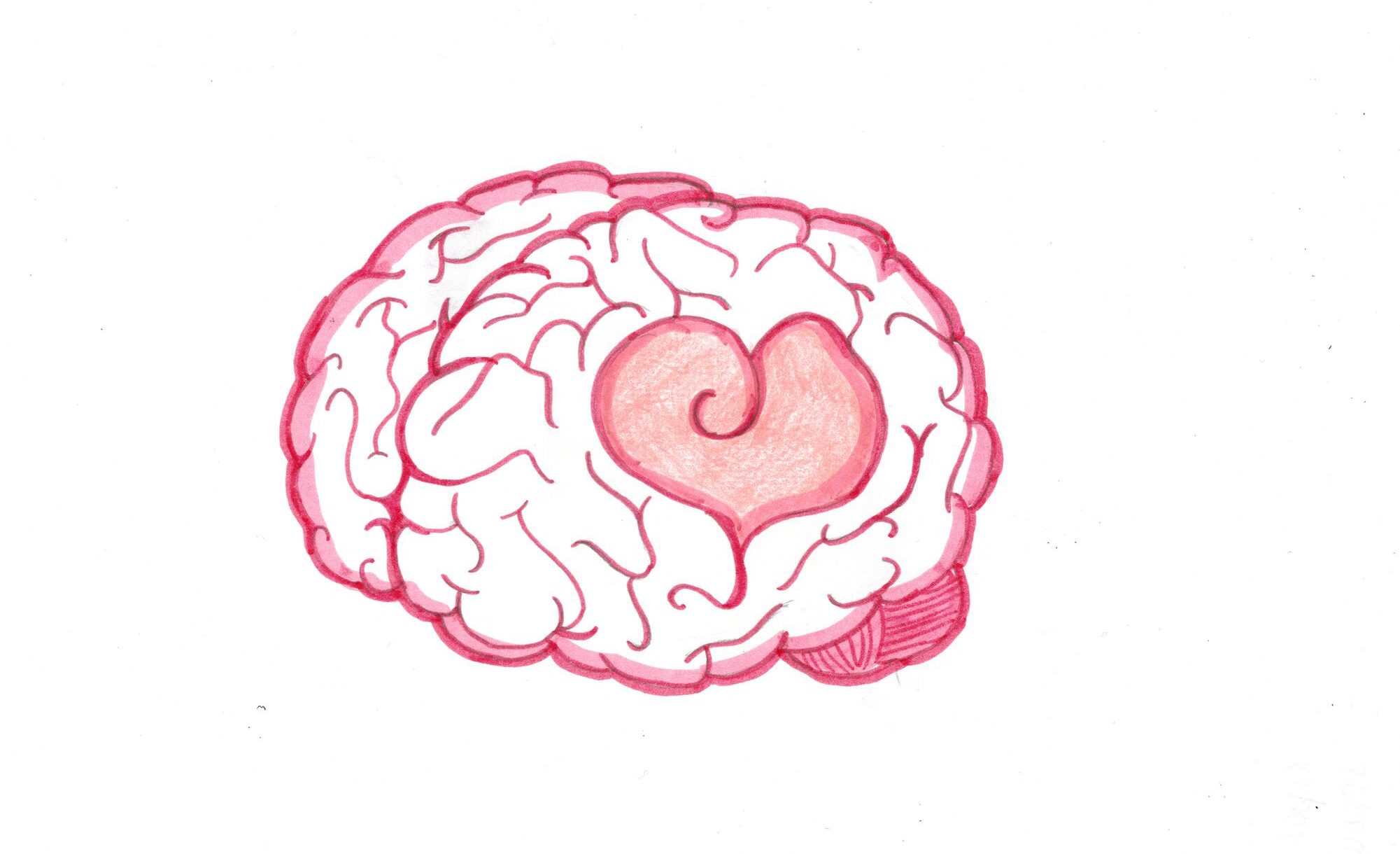The psychology of love
What is love? That mysterious, all-consuming something that crowds your thoughts and dreams for days on end. It knows no bounds and makes your worst days bearable. But why do we fall in love? Over and over, popular media has told us that we can’t help who makes us feel this something, but psychology tells us otherwise.
Research on love and intimate relationships has been ongoing for quite some time. Inspired by a love sprung in 1967, U of T alumnus and Psychology Professor Arthur Aron of Stony Brook University became curious about the social psychology of love. He consequently embarked on a study to determine why people fall in love. In an interview with UC Berkeley, Aron explained that love is central to human life and that the quality of our relationships has the most significant implications for our happiness and health.
Working alongside his wife, Dr. Elaine Aron, and three other researchers, Aron broadened the horizons of social psychology by generating and understanding close relationships. According to the study, one of the four key elements for inducing closeness is through gradually escalating, reciprocal self-disclosure and intimacy-related behaviours. As such, the researchers crafted 3 sets of 12 questions with the intention of fostering intimacy through shared vulnerability.
At first glance, the questions seem rather harmless: Would you like to be famous? In what way? When did you last sing to yourself ? To someone else? But as the sets progress, the questions become increasingly personal. What is your most terrible memory? How close and warm is your family? Do you feel your childhood was happier than most? Along with helping to develop a deep connection with one’s partner, these questions also foster a deep sense of personal awareness.
According to their findings, 30 per cent of students in the trials rated the relationships they had developed after 45 minutes of interaction as stronger than the closest relationships they had prior to experimentation. Additionally, many students reported maintaining some form of relationship with their partner beyond the initial meeting.
Although this study concedes the effectiveness of forging intimacy through shared vulnerability, the authors qualify that it seems unlikely that the procedure produces loyalty, dependence, commitment or other relationship aspects that might take longer to develop. 45 minutes of close interaction can contribute to falling in love, but it is not the only necessary factor in maintaining lasting relationships. Aron adds that engaging in exhilarating and exciting activities with your significant other on a regular basis helps reinvigorate the love and connection between the couple. He reveals that the key to knowing when you’ve reached your happily ever after is when your partner becomes part of who you are.
While Aron and his team conducted this experiment in 45 minutes and under controlled conditions, New York Times contributor Mandy Len Catron demonstrated exactly how conducive the questions can be to deliberately fostering a relationship in the outside world –she fell in love. As an added bonus to exchanging intimate details with her partner, Catron described how she and her partner went on to complete the final step of the process. In the middle of a bridge at midnight, she stared into her partner’s eyes for four thrilling and terrifying minutes. In these four minutes, the feeling of seeing someone really seeing her cemented the connections made over 36 questions.
Since its 2015 appearance in The New York Times, these 36 questions have inspired thousands of relationships and creative endeavours, including Innis Don, Jennifer Su, and her debut film 36 Questions for the Toronto Reel Asian International Film Festival.
Should you have any doubts about testing this method, consider the wise words of Catron, “love is an action…We’re in love because we each made the choice to be.” So go out, grab a friend and you never know – love can be found after just 36 questions and a four minute stare down.
Image courtesy of Tess King
